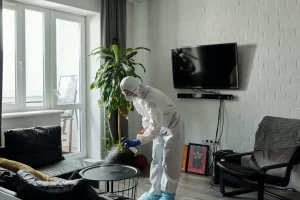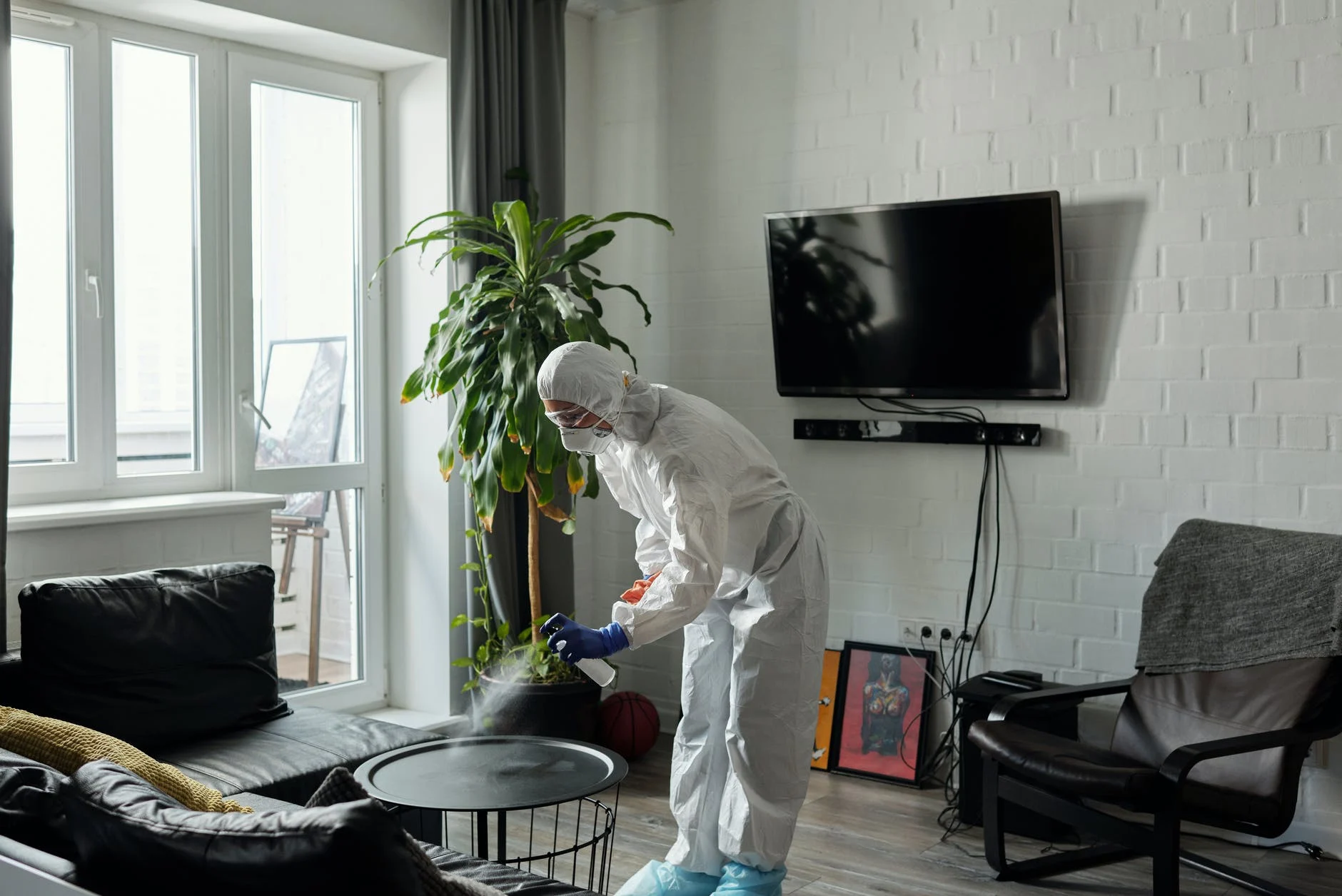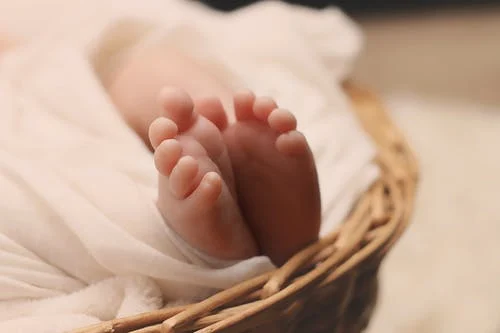Before they start their final cleaning, commercial cleaners should inspect the entire site for damage or missing items. They must notify the property owner or management if they find any. They can mop the floors without any problems if they notice cracks early. They should then vacuum the floors thoroughly and clean up any crumbs. It is vital to thoroughly clean the floors, as dust and smudges can pose health risks.
Next, you need to get rid of any visible debris. This can be done with a dust mop. They should not move large items or objects that block the path. Uncollected dirt can pose a danger to your health. The janitor should also look for other cleaning items and report any broken items to the property owner. Once the floor has been cleaned thoroughly, the janitor must clean it thoroughly and disinfect any appliances or materials.
After the floor has gotten clean, the janitor needs to take out all garbage. Garbage can contain leftover food, paper, or other materials. All trash must be disposed of in trash bags. They should clean the trash cans and bins using environmentally friendly cleaners. The janitor should make sure to label the trash and dispose of any broken items. This will allow the owner to maintain the cleanliness of their building.

After cleaning up the floor, the janitor will need to use a dust mop in order to collect dust and other debris. It is not recommended to vacuum the floor as dirt can be easily carried away, which could pose a danger to your health. Lastly, the janitor should inspect the area for any additional cleaning and broken items, which can pose additional hazards. After this inspection, the janitor should contact the property owner to request additional cleaning.
After cleaning the floor, the janitor needs to use a dust mop in order to collect any dust. He or she should also move any obstructions. It is important that dirt is not thrown away as it can lead to health problems. The janitor should inspect damaged or broken items before the final cleaning. This will help the owner decide if the janitor should do any additional cleaning.
The first step in the process is to clean the floors. The dust mop is used for collecting floor debris and dust. During this step, the janitor will maneuver around any obstructing objects that might have been present during the cleaning process. Aside from cleaning the floor, the janitor should also examine the area for broken or missing items. If a janitor spots any, he or her should immediately notify the owner.
Once the floor is clean, the janitor will need to use a dust mop in order to collect the dust. They must also be able to navigate around obstacles. If dirt is not collected, it could pose a health hazard. They should also check for additional cleaning and report any damage to the owners. You can always entrust the cleaning process to a professional janitor. It’s a great way for your business to increase productivity.
Before you begin cleaning, make sure you understand the steps of commercial cleaning. There are seven stages to the cleaning process. The industry standard is to follow these steps in order. To avoid potential customer harm, it is crucial to follow the steps in order. Once the floor is cleaned, the janitor should move on to the next stage. He or she should also clean the trash container. After this, they should replace the liner with a fresh one.
A dust mop should be used by the janitor to collect floor dust during commercial cleaning. They should also take care to move around objects that might be obstructing the cleaning process. They should inspect the area and not only collect dirt. They should also report any items that require additional cleaning to the owner. They should also report items that are damaged or missing. To ensure that the property remains as clean as possible, a janitor should note all of these aspects.


